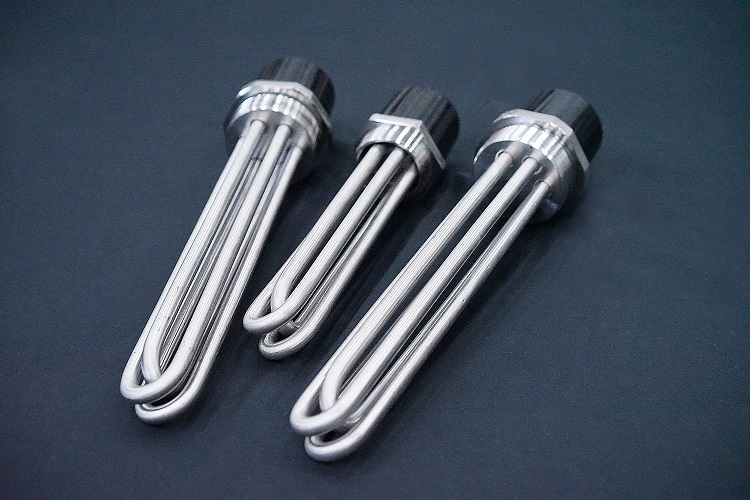Get to know the immersion heater, the most popular industrial heater.

What is an immersion heater?
An immersion heater is a type of heating device that is used to heat liquids, such as water or oil, by immersing the heating element directly into the liquid. It is typically used to heat water in a storage tank, such as a hot water cylinder, and can be powered by electricity or a different energy source. Immersion heaters can be installed in a variety of applications, such as homes, industrial settings, and agricultural settings.
How immersion heater is working?
An immersion heater works by using an electrical heating element, which is immersed directly into the liquid to be heated. The heating element is connected to a power source, such as an electrical socket, and when the device is turned on, an electrical current passes through the element, generating heat.
The heat is transferred from the element to the liquid, raising its temperature. The heating element is typically made of a material with high electrical resistance, such as steel or titanium, which allows it to efficiently convert electrical energy into heat energy.
The immersion heater typically has a thermostat or temperature control device to regulate the temperature of the liquid, ensuring that it does not become too hot. The heating element is often housed in a protective casing to prevent damage from the liquid and to ensure the safe operation of the device.
How many types of immersion heaters?
There are several types of immersion heaters, including:
- Flange immersion heaters: these are designed to be mounted onto a flange or tank wall and are typically used for large-scale heating applications, such as industrial process heating or heating of large storage tanks.
- Screw plug immersion heaters: these heaters have a screw-in design and can be directly installed into a threaded opening in the tank or container. They are commonly used for small-scale heating applications, such as heating water in a hot water cylinder.
- Over-the-side immersion heaters: these heaters have a simple design and are suspended in the liquid to be heated. They are typically used in applications where the heater is easily accessible, such as heating water in a laboratory setting.
- Circulation immersion heaters: these heaters are designed to circulate the liquid as it is being heated, ensuring an even temperature distribution. They are often used in applications where the liquid needs to be maintained at a specific temperature, such as in a heating process or a hot water cylinder.
- Band immersion heaters: these heaters are designed to heat a specific area of the liquid and are often used in applications where the liquid needs to be heated in a specific area, such as in a laboratory or industrial setting.
Each type of immersion heater has its specific design and features, and the appropriate type of heater will depend on the specific heating application and requirements.





